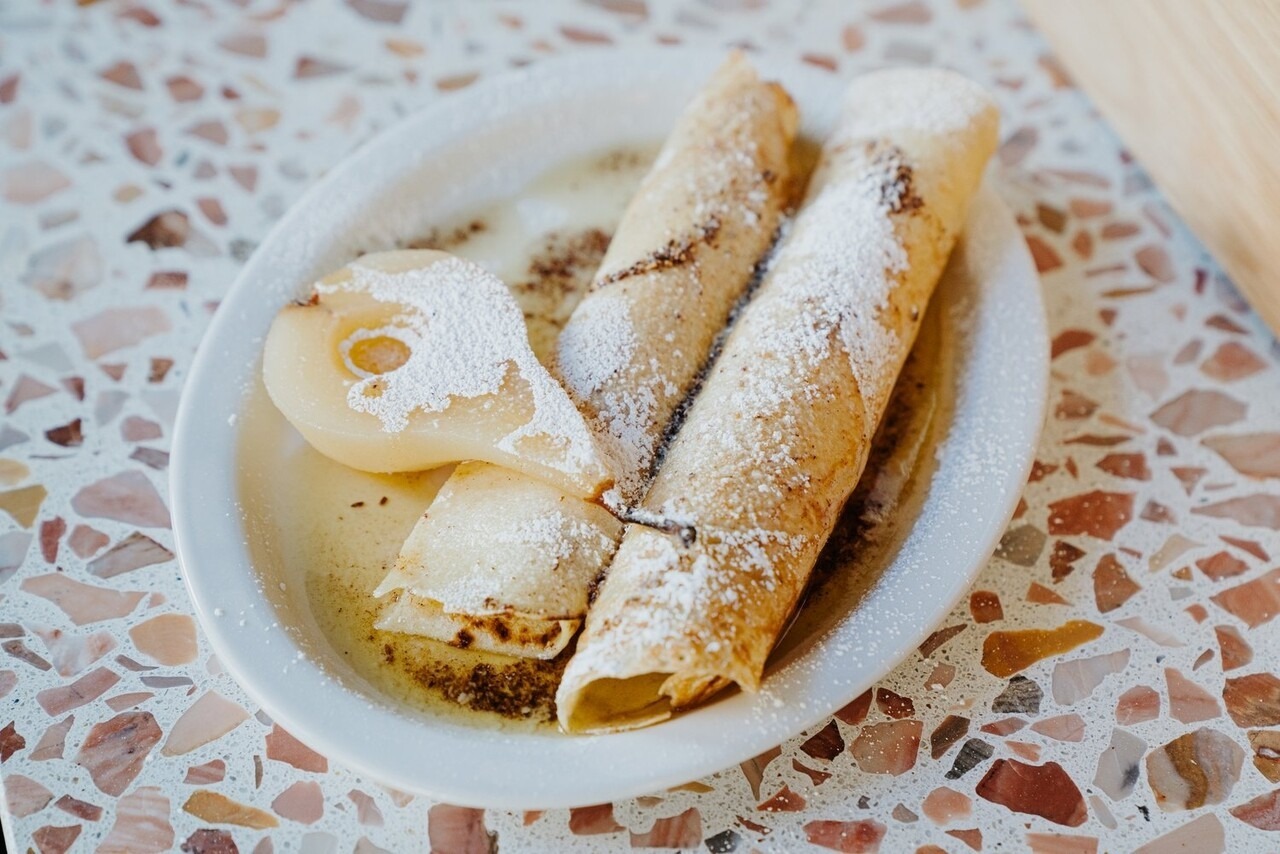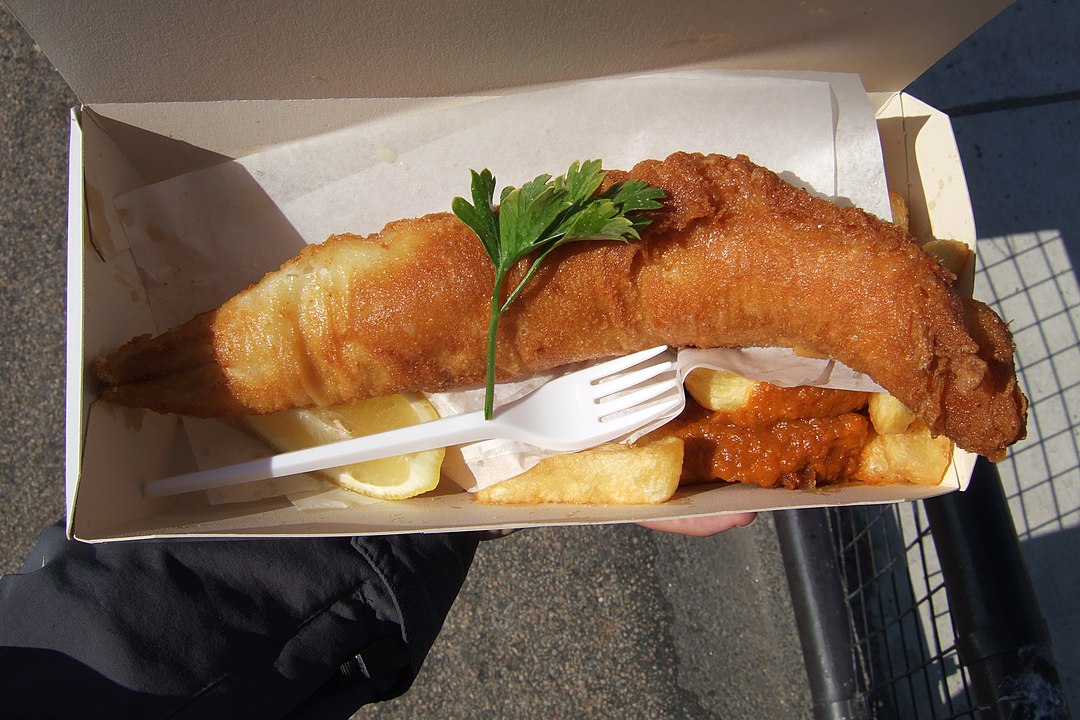3 staple Hungarian beach foods!

Seeing as summertime is just around the corner, Hungarians flock to Lake Balaton and other such places. During this time of the year, many of us turn our attention to the staples of beach cuisine. For now, we ditch the idea of traditional foods, such as Goulash soup. Follow our article to find out more about these delicacies!
Boiled corn on the cob, palacsinta with cottage cheese, and of course, lángos. These are just some of the foods Hungarians typically eat during their stay by the lakefront. Lángos especially: slathered with garlic oil, and with heaps of sour cream and cheese. The question remains: where do these foods originate from? Just how much do they cost nowadays? Let us explore these questions in the following list.
Hungarian buffet prices
Femina details the prices of meals by the waterfront in their article. Their research reveals some interesting discoveries. At the end of May, the beginning of the beach season for many Hungarians, the staple lángos cost anywhere between €3 (1000Ft-.) and €4 (1500Ft-.). A pizza with a bottle of soda could cost almost €10 (3800Ft-.). If you crave some Nutella palacsinta for dessert, they would cost you €1 (400Ft-.) a piece. Keep in mind, however, that these prices could very well rise as the summer progresses.
It is typical for buffets around Lake Balaton to capitalise on the increase in tourists. Logically, they raise the prices on their menus.
Palacsinta

These crêpe-like varieties of pancakes have been a staple dessert for years in many Hungarian households. Their simplicity is their strongest aspect. Mix together some flour and salt, add some eggs and water, and you have a perfect batter for a batch of this mouthwatering food. Originating from ancient Rome, palacsinta has made quite the name for itself around the globe. From sweet to salty, from Belgium to America, it seems the whole world enjoys pancakes and their different forms.
In Hungarian folk culture, there’s a game where people must guess what filling is wrapped inside these desserts: cottage cheese, sweet cocoa powder, or jam.
Hekk

When most people order this battered and deep-fried fish, they rarely know what kind of fish it’s actually made from. The ones typically served at Hungarian buffets are the common European hake. It is a predatory fish, caught in the Atlantic Ocean. European hake can grow up to 1.5 meters and 16 kilos. However, they are subject to mass fishing when they have not matured yet. From Scandinavia to Argentina, these fish are consumed globally as well.
In the scorching Hungarian heat, we usually enjoy it with some lemon on top and boiled corn on the cob on the side.
- Read More: Property prices doubled in the past two years in most of the settlements around Lake Balaton
Hungarian Lángos

Finally, lángos is probably the most popular dish for Hungarian beach-goers. People debate on where this savoury street food originates from. Some say that lángos came with the Turkish occupation of Hungary, while others argue the dish can be traced back to as far as Ancient Rome. Even if the origins can’t be exactly pinpointed, we all agree that lángos is a wonderful culinary invention. Fried in oil or fat, this flatbread is made from yeast, flour, milk, salt, and sugar. Add some garlic oil, a heap of sour cream and shredded cheese for toppings.
This high-calorie dish will steer you away from your desired beach body. Fortunately, it will most certainly give you an authentic Hungarian summer vibe!
Source: femina.hu, magyarorszagom.hu





